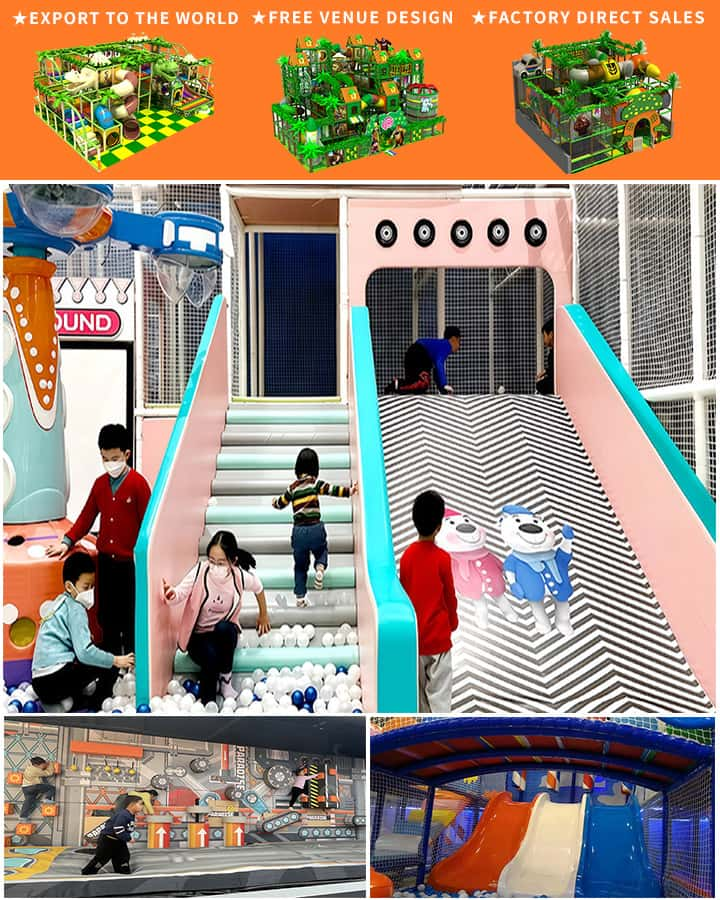In recent years, indoor climbing frames have surged in popularity among parents and caregivers in the UK. Designed specifically to cater to the developmental needs of toddlers, these structures offer a fun and safe way for young children to engage in physical activities while fostering their growth and development. This article delves into the numerous benefits of indoor climbing frames for toddlers, emphasizing why they are a valuable addition to homes across the UK.
Physical Development
One of the primary benefits of indoor climbing frames is their positive impact on physical development. Toddlers are naturally energetic, and these climbing structures provide an excellent outlet for this energy. Climbing, balancing, and navigating through different levels help enhance motor skills, coordination, and muscle strength. These activities promote gross motor skills, which are crucial for overall physical health and future sports involvement.
Additionally, indoor climbing frames often come with various features such as slides, swings, and tunnels. These elements not only add to the fun but also encourage diverse physical movements that can improve flexibility and agility. As toddlers climb and play, they build endurance and stamina, laying the groundwork for a more active lifestyle.
Cognitive Growth

Beyond physical benefits, indoor climbing frames contribute significantly to cognitive development. Engaging with climbing frames requires problem-solving and decision-making skills as children navigate different routes and challenges. This mental stimulation supports brain development and enhances cognitive functions like memory, attention span, and spatial awareness.
Moreover, indoor climbing frames often feature interactive elements such as shapes, colors, and textures. These sensory experiences are vital for cognitive growth, helping toddlers learn about the world around them. The act of climbing itself can also introduce basic concepts such as cause and effect, gravity, and balance in a hands-on manner.
Social Skills
Social interaction is another essential aspect of development that indoor climbing frames facilitate. When toddlers engage in play on these structures, they often interact with siblings, friends, or parents, learning vital social skills such as sharing, taking turns, and cooperation. These interactions are foundational for developing empathy and understanding others’ perspectives.
Group play sessions on climbing frames can also boost a child’s confidence and sense of security. Achieving milestones like reaching the top of a ladder or completing a challenging path provides a sense of accomplishment and encourages self-esteem. These positive experiences are crucial for emotional well-being and building resilience against future challenges.
Safety and Convenience
Safety is a paramount concern for parents when it comes to toddler play equipment. Indoor climbing frames are designed with safety in mind, featuring sturdy construction, rounded edges, and secure fastenings to prevent accidents. Many models also come with soft mats or cushioned floors to provide additional protection from falls, ensuring that playtime is both enjoyable and safe.
The convenience of having an indoor climbing frame cannot be overstated. Unpredictable weather conditions in the UK can limit outdoor play options; however, indoor climbing frames offer a reliable alternative. Parents can set up these structures in living rooms, playrooms, or even bedrooms, providing a readily available source of entertainment and exercise no matter the weather outside.
Conclusion
Indoor climbing frames for toddlers in the UK offer a multitude of benefits that support physical, cognitive, and social development. With their engaging designs and safety features, these structures provide an excellent environment for children to grow, learn, and have fun. Investing in an indoor climbing frame is a step towards fostering a healthy, active lifestyle for toddlers, making it a worthwhile addition to any home.




